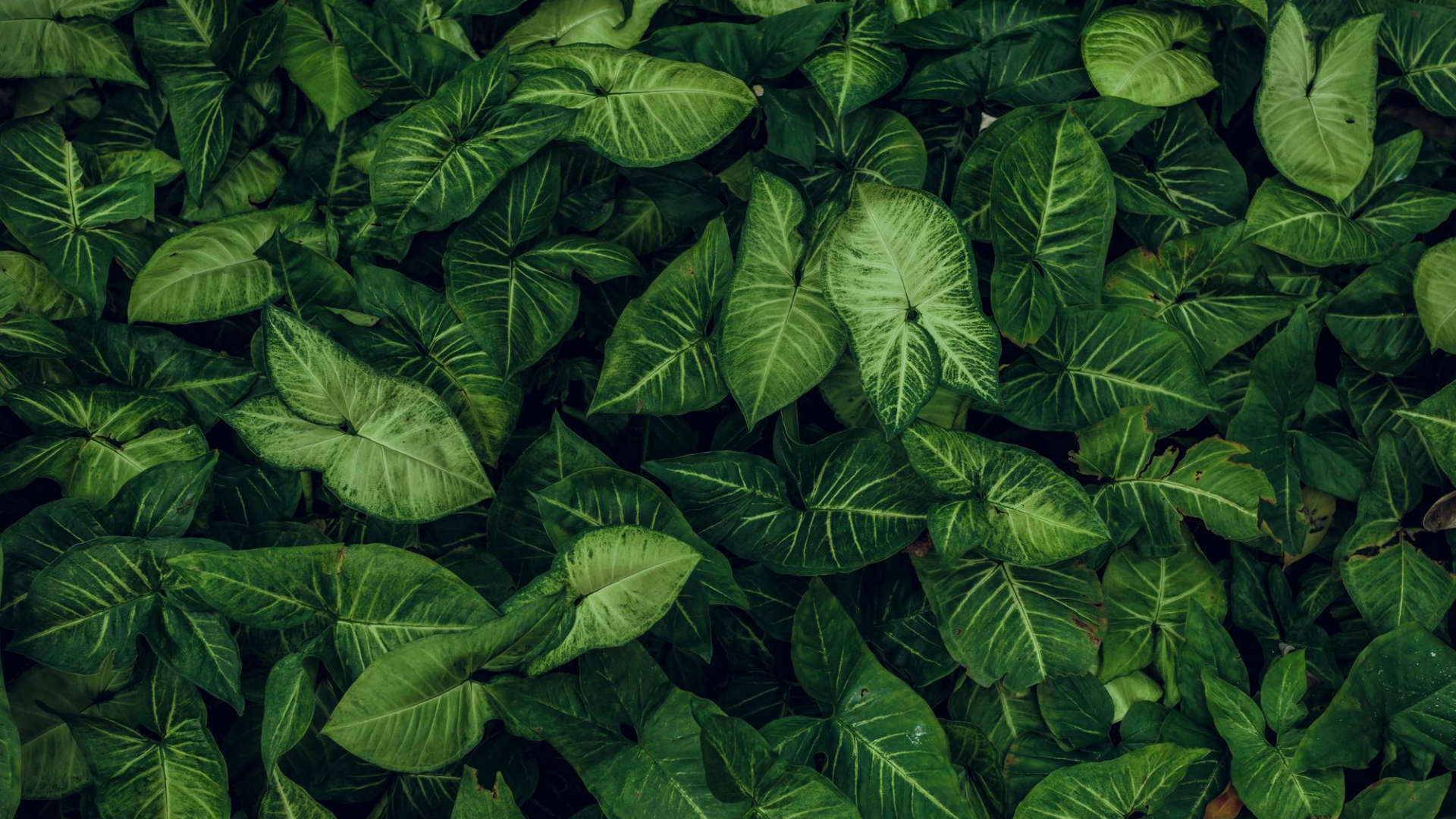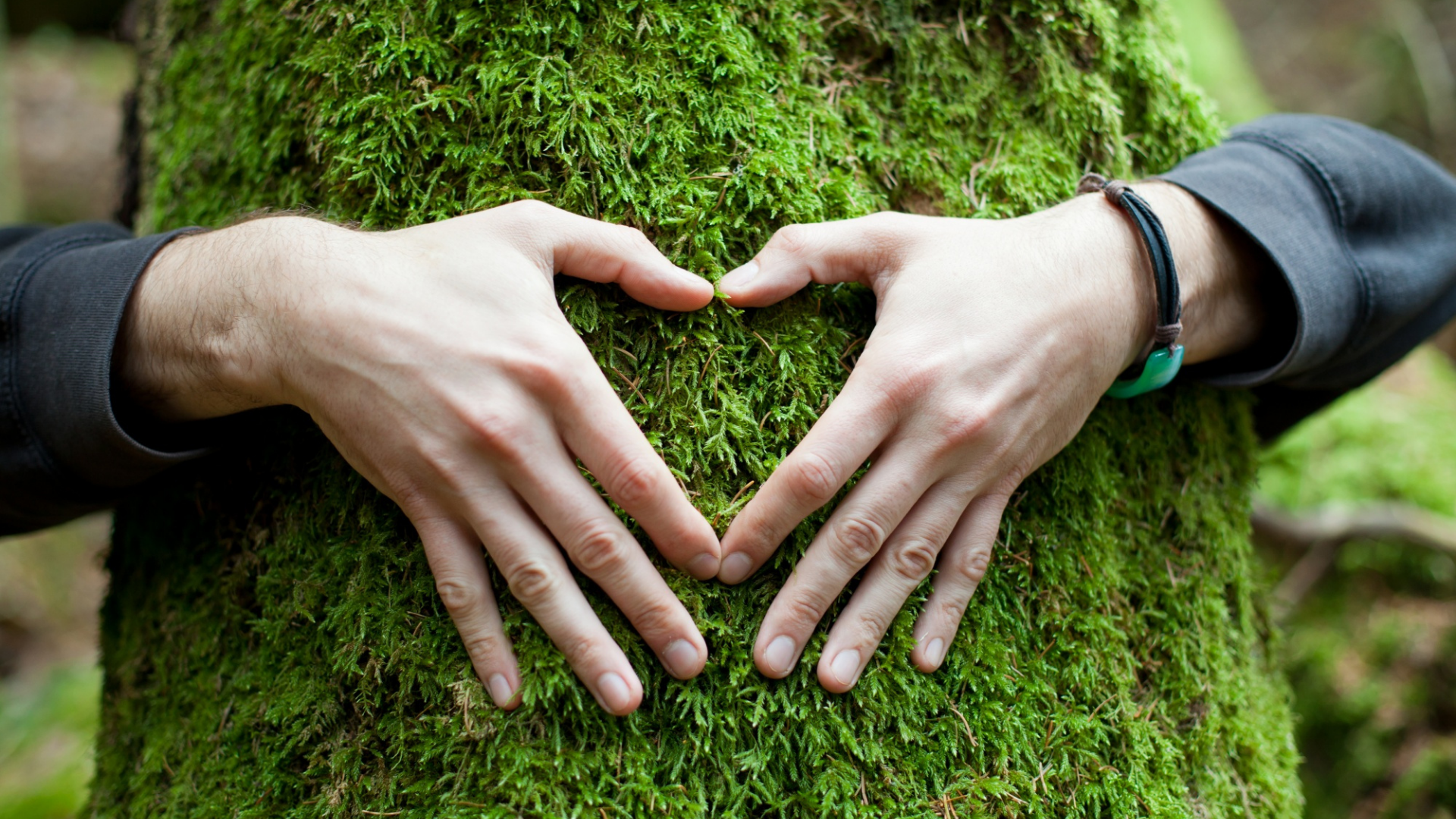What Does the Green Mean? A Symbol of Nature
24 March 2025
What Does the Green Mean? A Symbol of Nature
Green is widely seen in many cultures as a fundamental symbol of nature and life. The fact that plants, forests, and meadows are green has led to this color being closely associated with vitality and renewal. It also evokes a sense of hope and freshness, often linked to springtime and the awakening of nature. The motivational and positive-thinking aspects of green are frequently emphasized, which is why it’s commonly used in home and office décor to create a tranquil and relaxing environment.
In psychology and therapy, the calming and soothing qualities of green are highlighted. Natural tones can help reduce anxiety levels. Many who wish to harness green’s powerful impact opt for green elements in interior design—be it through plants or wall paint. In this way, the captivating energy of nature is brought indoors, assisting in restoring mental balance.
Green Color Psychology: Its Effects on Humans
Green is described by psychologists as a calming and peaceful color. This color, especially for those prone to stress, can help stabilize both the mind and body. Individuals with anxiety or tension often feel relaxed and at ease when exposed to green. Consequently, green accessories are commonly seen in therapy offices, yoga studios, and home environments.
Additionally, green aligns with the heart chakra, which is said to boost positive energy and emotional equilibrium. For instance, spending time in a green setting or being surrounded by greenery after a stressful day can lessen mental fatigue and lead to physical relief. Thus, on a psychological level, green carries a potent effect that uplifts inner peace and happiness.
Which Emotions Does the Color Green Represent?
In general, green stands for tranquility, freshness, and vitality. According to personal development experts, green has an energy that may help lessen symptoms of depression and anxiety. Specialists in color psychology also point out that green can spark positive emotions such as generosity, compassion, and tolerance. For this reason, it is often used by charitable organizations and nature-focused projects. Deeply connected to a person’s inner world, green offers a sense of returning to oneself and promotes spiritual calm.
Furthermore, green is characterized as the color of balance and harmony. Experts note that thanks to its calming property, green can facilitate positive communication in social interactions. Because it reduces distractions and heightens concentration, it can serve well in professional settings. Below is a list of the emotions most commonly associated with green:
- Tranquility and peace
- Energy and freshness
- Generosity and empathy
- Equilibrium and harmony

Green’s Place and Importance in History
Throughout history, the color green has occupied a privileged position among many civilizations. In Ancient Egypt, green was regarded as the color of life and rebirth, widely applied in everything from pyramid wall paintings to sculpture paint. In medieval Europe, it frequently adorned the clothing of nobles, symbolizing affluence and prosperity. In this same era, artworks depicted green as the color of heaven and other mystical figures.
In Islamic culture, green was closely linked to significant spiritual values and was often seen in the domes and interiors of religious buildings, illustrating that green also has a deeply spiritual dimension. According to personal development sources, historically, green was perceived as a symbol of power, hope, and healing. Even today, many nations incorporate green into their flags and emblems, proof of its universal resonance and enduring significance.
The Meaning of Green Across Different Cultures
Countless cultures around the globe assign diverse meanings to the color green. For instance, in Far Eastern traditions, green represents spring and renewal, signifying joy and rebirth. In Chinese culture, green is associated with moral principles and honesty, as well as prosperity and abundance. In Western societies, while green is linked to nature, it also relates to finance and money, making it synonymous with wealth and success in some contexts.
In the Middle East and in Turkish culture, green carries connotations of spiritual peace and protection through Islamic beliefs. In Turkey, green is connected to fertility, love of nature, and the idea of leaving a clean and thriving world for future generations. These varied interpretations illustrate the remarkable symbolic strength that green holds worldwide. Despite cultural differences, green’s fundamental themes of growth, renewal, and serenity remain consistent, establishing its status as a globally recognized color.
Green from a Spiritual and Metaphysical Perspective
Within spiritual traditions, green is identified as the color of the heart chakra, reflecting themes of love, compassion, and divine unity. Meditation and yoga enthusiasts often use green-toned objects or natural environments to soothe the heart and reinforce spiritual balance. Consequently, green hues are frequently chosen for spaces dedicated to relaxation and introspection.
In metaphysical beliefs, green is thought to possess aura-cleansing properties and the ability to elevate one’s energy. Some spiritual guides suggest that green protects a person’s energy, fending off negative thoughts. The table below shows themes commonly tied to green in a spiritual context:
- Heart Chakra: Love, compassion, and spiritual unity
- Aura Cleansing: Purging negative energies
- Emotional Balance: Strengthening calm and spiritual alignment
- Meditation: Enhancing inner peace and relaxation
Although interpretations differ based on cultural and belief systems, green holds a significant role in the realm of spiritual healing and well-being.
Green Color and Its Use in Art
A look through art history reveals that green has consistently been used to capture nature and convey profound aspects of the human spirit. In painting, particularly in landscapes, green tones showcase nature’s richness. Famous painters used various shades of green in fields, forests, and parks to inject vibrancy into their work. For instance, Impressionists employed bright and vivid greens to depict the fleeting beauty of light and nature.
Green is also widely featured in theater and film set designs. Within the performing arts, green’s lively energy draws the audience’s focus and animates the scene. In modern graphic design, green is a go-to color for highlighting ecological or nature-centered themes. Many brands and NGOs use green in their logos to convey messages of environmental responsibility and sustainability. Such versatile use highlights green’s powerful role in artistic expression and visual storytelling.
Green Color and Astrology: Which Zodiac Signs Does It Align With?
Astrology holds that each zodiac sign resonates with certain colors, and green is deemed especially harmonious with Taurus and Libra. Taurus, an earth sign, gravitates toward the sense of stability and security found in green, which can also aid this sign in achieving emotional equilibrium. Libra, recognized for seeking harmony and balance, benefits from green’s promise of tranquility and cohesion.
While fire signs like Aries or Leo tend to prefer bold and vibrant colors due to their energetic nature, they too can find solace and calm in green’s soothing effect. Water signs such as Cancer, Scorpio, and Pisces may rely on green for emotional balance and spiritual rejuvenation. Astrology experts often suggest decorating your home with green plants or incorporating green accents in your outfits, regardless of your sign, to elevate your energy.
What Does the Color Green Represent in Business and Branding?
When forming a corporate identity, green is often chosen for its messages of sustainability, reliability, and respect for nature. Many major companies nowadays highlight eco-friendly products or initiatives by featuring green prominently in their logos. In finance, green’s association with money and growth helps portray a profitable and forward-moving image. In office design, using green elements can help establish a calm and productive atmosphere among employees.
The connotations green carries in the workplace can also enhance consumer trust in a brand. People tend to view companies that use green in their branding or advertising as more environmentally conscious, which fosters a favorable impression. According to personal development resources, green’s balancing effect on the mind and emotions helps mitigate stress in professional settings. All these attributes make green an important color choice in branding strategies, championing natural, honest, and innovative values.
Green Color and Fashion: What Does It Mean?
In fashion, green effectively creates a vivid and natural appearance. From streetwear to formal ensembles, different shades of green can impart both freshness and sophistication. Bright greens make bold, attention-grabbing statements, while olive or pastel greens lend a calm and elegant charm. Designers incorporate a variety of green shades in their collections to embrace multiple styles and preferences.
Moreover, as sustainable fashion gains momentum, green naturally underscores materials and processes that are eco-friendly, showcasing a more conscious approach to clothing. Garments made from organic or recycled materials, paired with green hues, embody a blend of ecological awareness and innovation. Thus, beyond being an aesthetic choice, green also symbolizes environmental responsibility, adding a layer of meaning to modern fashion.
What Does Wearing Green Mean? Outfit Suggestions
Wearing green projects a sense of liveliness and positivity in one’s outward appearance. Including green pieces in everyday outfits conveys a closeness to nature and offers an uplifting impression. Especially in spring and summer, olive green or grass green tones exude a fresh, comfortable aura. In the winter months, darker and emerald greens deliver a stylish yet striking alternative.
Popular styling tips include combining various shades of green with neutral colors. For instance, pair olive green pants with a white shirt for a simple yet refined look. In formal settings, an emerald green dress or skirt paired with gold accessories can exude stunning elegance. For a casual style, match a green T-shirt with a denim jacket to convey relaxed chic. By wearing green, you invigorate your wardrobe and carry the energy of nature with you.


